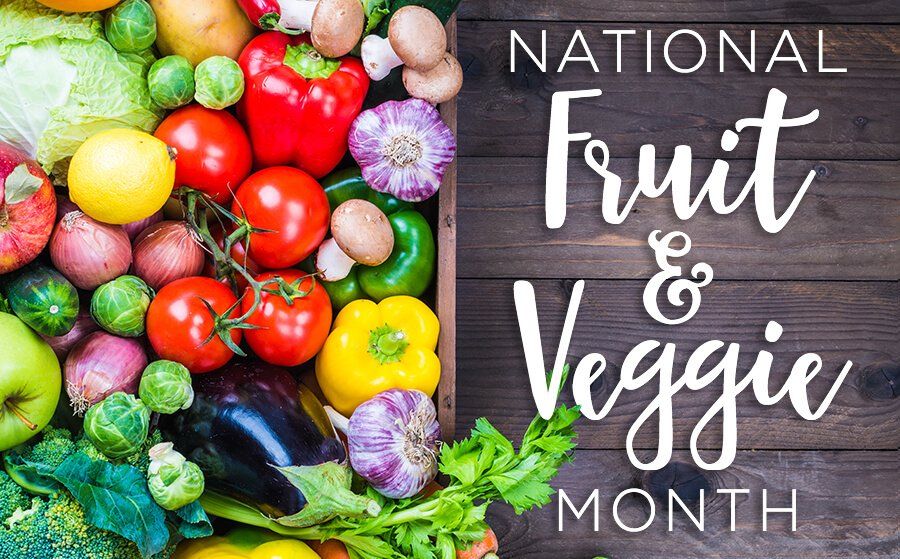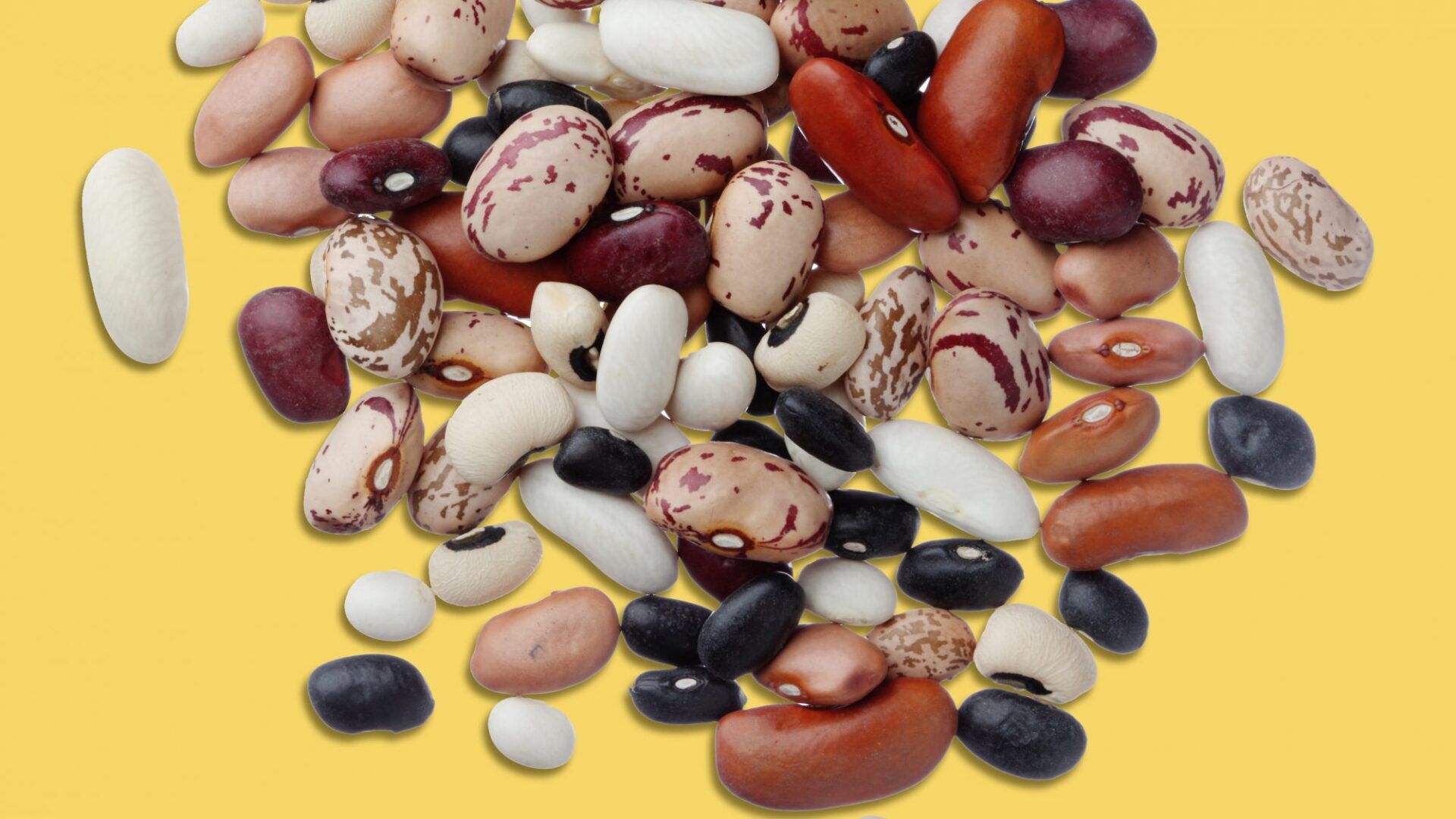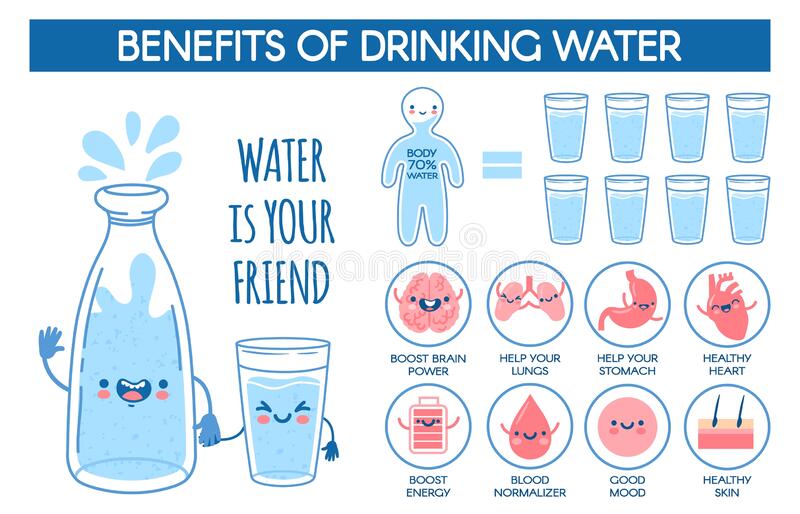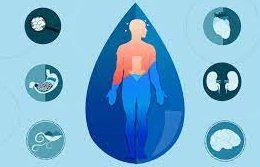National Fruit and Vegetable Month
Pamela edline
June 6, 2022

Welcome June, and welcome National Fresh Fruit and Vegetable Month! We here at Redline Exercise Rx are excited for the fresh and colorful goodies available in stores and local farmstands. In reality, we could write a blog a day this month and still not touch on every benefit we receive from adding a variety of fruits and vegetables in our diets. They are simply filled with vitamins, minerals, phytochemicals (such as antioxidants and anti-inflammatory agents), and so much more (ncbi.nlm.nih.gov).
In fact, one of the often talked about benefits of eating fruits and vegetables is the fiber intake added to one’s diet. Studies have shown that when individuals maintain diets high in fiber, they significantly lower their risk for cardiovascular disease. In addition, fiber is known to aid in preventing or lowering obesity. One scientific reason for this is that fiber enhances the feeling of satiety leading individuals to consume less. Interestingly, enhancing liquid foods with fiber does not have the same effect as eating food in which fiber is naturally present.
With too many benefits to fully discuss here, we have decided to focus this post on the general benefits and ways of adding color to our plates. Colloquially, we often use the expression, “Eat the rainbow,” which refers to the five major colors all fruits and vegetables can be categorized under (health.harvard.edu). Below is a brief synopsis of the categories.
We know this is a lot of information, with a lot of technical terms most of us will never be able to remember. However, it serves as a visual to remind us that there are so many benefits found in the various colored fruits and vegetables that it is important for us to choose from all the groups and not just stick to one or two favorites.
Blue & Purple
Foods from this category include blueberries, blackberries, raisins, plums, purple figs, purple cabbage, and eggplant. Common phytonutrients in this group include resveratrol and anthocyanins. Resveratrol is an anti-inflammatory as well as an anticarcinogenic. As a powerful nutrient, studies have found that it exhibits antitumor activity (https://www.ncbi.nlm.nih.gov/pmc/articles/PMC6164842/). Due to its anticancer properties, it is popularly taken in supplemental form, but you can reap the benefits as well when you eat a colorful plate.
You can also benefit from the anthocyanins, which are packed with numerous benefits. These phytonutrients are considered antidiabetic, anticancer, anti-inflammatory, antimicrobial, anti-obesity, and support cardiovascular function (https://www.ncbi.nlm.nih.gov/pmc/articles/PMC5613902/). There is even more good news! Not only are many blue and purple foods rich in anthocyanins, but so are many in the red category.
Red & Pink
Foods from this category include fruits such as bright red strawberries and cranberries as well as pink grapefruit and the various shades of red apples. It also includes vegetables such as beets and red pepper. Some prominent phytonutrients contained in these colored foods include lycopene, quercetin, and hesperidin. Lycopene can help protect cells from damage. Quercetin and hesperidin are anti-inflammatories that can help control blood sugar and support cardiovascular function.
Orange & Yellow
This category includes root vegetables such as carrots, sweet potatoes, and winter squash. It also includes fruits such as mangos, papayas, pineapples, and cantaloupes. We all know the old saying that carrots are great for your eye health, which is due to the phytonutrient beta-carotene. Thus, we should know that many of the foods in this group have properties to help protect and support your eye health as well as your immune system. However, we should also note that many foods in this category are also rich in beta cryptoxanthin, which supports the function of cell-to-cell communication.
White & Brown
Foods in this category include cauliflower, potatoes, onions, garlic, parsnips, and mushrooms as well as fruits such as pears and bananas (yes, the peel may be yellow but the fruit is pale!). Two phytonutrients found in these foods, specifically rick in the onion family, are quercetin and kaempferol. The two work together as anti-inflammatories and antioxidants and can help with cardiovascular functioning as well as providing antihypertensive effects.
It is also important to note the effects of the phytonutrient allicin, which is found in garlic once it has been cut or pressed. With a variety of functions, allicin can help lower blood pressure and cholesterol to protect the heart, fights infections, and helps protect against cancer. While only present in one food from this category, incorporating multiple whites together can be a wonderfully beneficial and tasty delight. For example, garlic, mushrooms, and onions mix well together in a sauté form and are a strong compliment to many meals.
Green
Foods in this category are probably what comes to mind most when we talk about vegetables, such as leafy greens, green beans, green cabbage, and peas. Other greens include kiwi, green tea, and green herbs such as rosemary and thyme. Green foods are rich in sulphoraphane and epicatechins. Sulphoraphane is an anti-inflammatory that has been shown to protect DNA by blocking mutations that are recognized as cancerous (https://www.mdanderson.org/publications/focused-on-health/sulforaphane-benefits--how-leafy-veggies-like-broccoli-and-bruss.h13-1593780.html). Additionally, studies have also found sulphoraphane has properties that will slow tumor growth. Epicatechins are a great benefit to your workout as they are known to increase blood flow and endurance. Additionally, they can help with improving your diet as they are known to boost insulin sensitivity as well as regulate blood sugar levels.
As you can see, each group has some great and different phytonutrients. We did not have the space to go through and detail them all (for that we would need to write a whole book!). But, we hope you can see how important to is to incorporate a variety of fruits and vegetables into your lifestyle. Food isn’t just something that tastes good; it feeds and nourishes our bodies to keep them functioning at their best.
We challenge you this month to begin eating the rainbow. Getting your fruits and vegetables each day does not just mean adding in some “green.” Make it a fun month by trying some new recipes and learning how to love some new foods. Get your fresh this month by checking out some of our local farmers markets> You can search for ones near you by clicking here: https://www.localharvest.org/search.jsp?jmp&scale=7&lat=35.490436&lon=-97.560145&ty=1
References:













